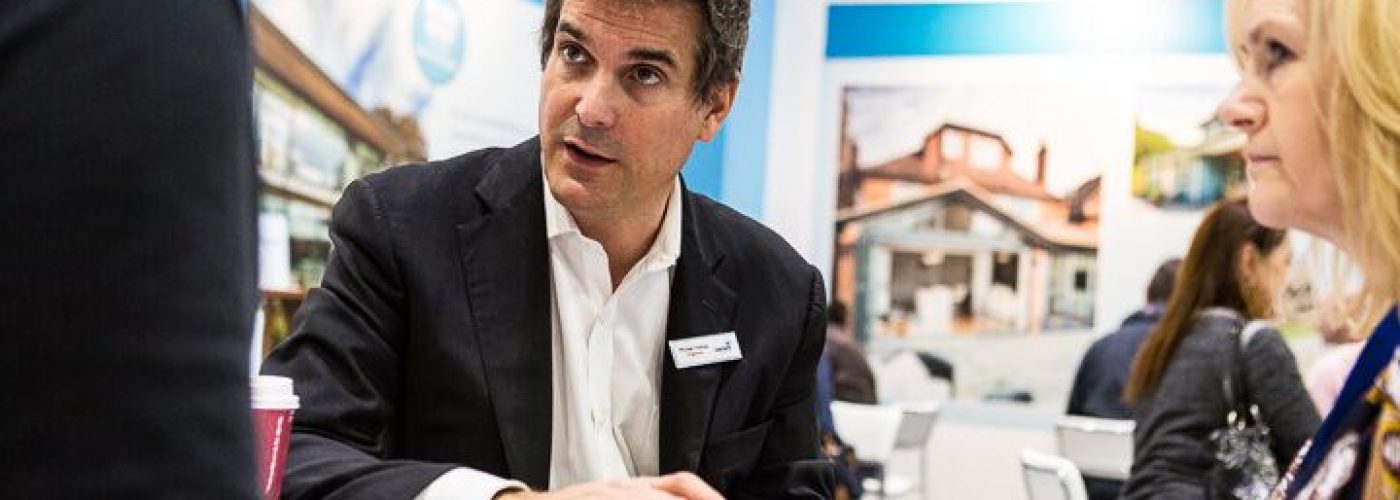Michael Holmes, property expert for the National Homebuilding & Renovating Show (28-31 March, NEC, Birmingham), provides his advice on building a conservatory to withstand all weather conditions.
‘Adding underfloor heating and air conditioning can do much to make a conservatory more comfortable year round, but its more effective and ecologically sustainable to invest in design solutions that will make the climate easier to control by reducing heat gain on sunny days and preventing warmth escaping when it’s cold. Adding thermal blinds can achieve both of these aims in very effectively.
Getting the conservatory design right in the first instance is the best approach, avoiding due south orientation to limit solar gain, or at least using planting to provide screening where a south facing wall is the only location option.
Limiting the area of glazing to two walls rather than three and adding high levels of insulation in the floor and base walls will also help, as will choosing energy efficient double glazed units fitted with solar glass to reduce solar gain and heat loss.
Reducing the glazed area of the roof will also improve thermal efficiency, which is why sun rooms, with two glazed walls but a partially or totally solid insulated roof, are becoming ever more popular.
Ventilation is also a key consideration in keeping a conservatory cool, allowing warm humid air to escape through roof vents and cooler fresh air to be drawn in at a lower level. Adding a ceiling fan will also help air movement.
Security, style, price, durability and thermal efficiency are all key considerations when choosing a front door, but unless budget is unlimited, these qualities can compete for priority and a compromise will need to be found to choose the right product.
For a valuable high end home, it’s very important to choose a door that complements the property’s architectural style and painted timber is what most buyers would expect and will maintain the property’s value. A u-PVC door might be seen as a negative on such a property, even detracting its value if the style is wrong, despite its security and longevity.
Conversely, for the typical family home, a uPVC door that will be secure, require almost no maintenance and is likely to last for years will be what most buyers expect, while a softwood timber door might well be seen as a maintenance issue and therefore a negative.
An off-the-shelf door made to a standard size will usually be the most cost-effective choice. It will often be less expensive to make minor adjustments to the door opening to suit a standard size frame than to have a bespoke door made to order.’





